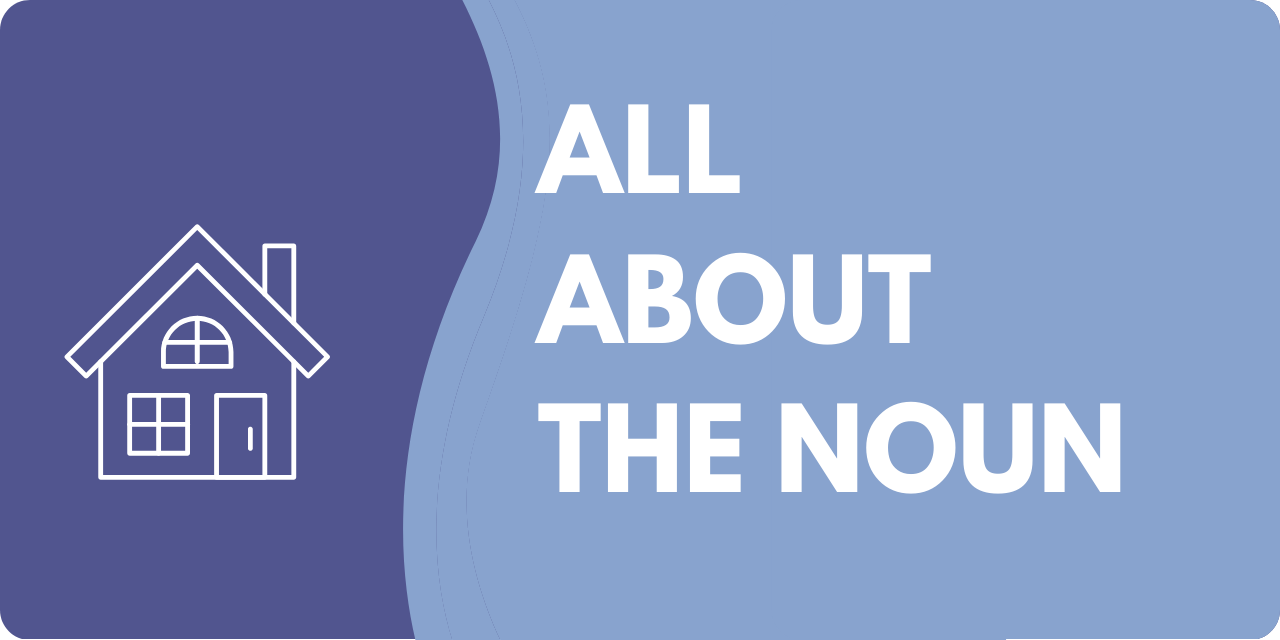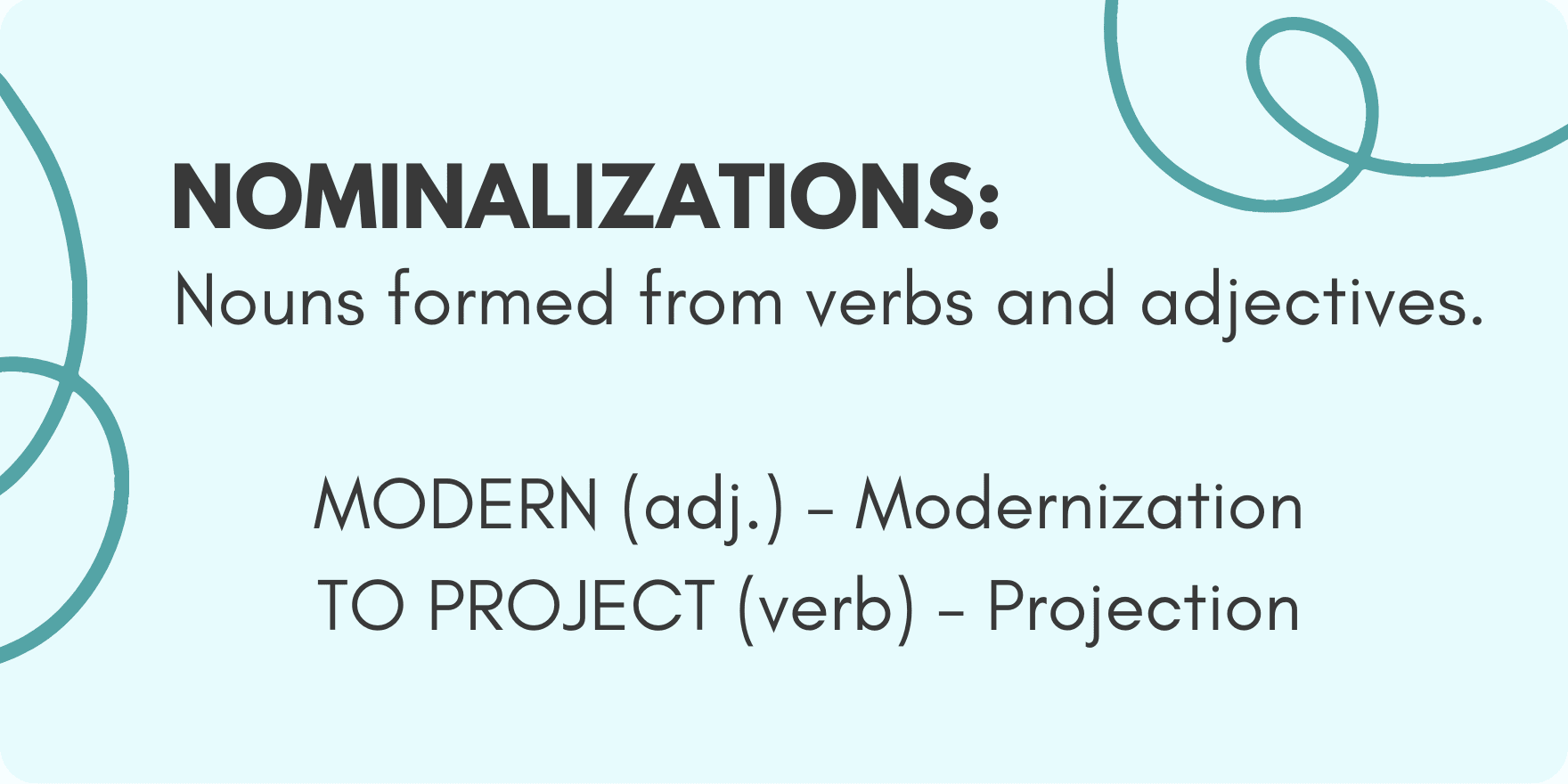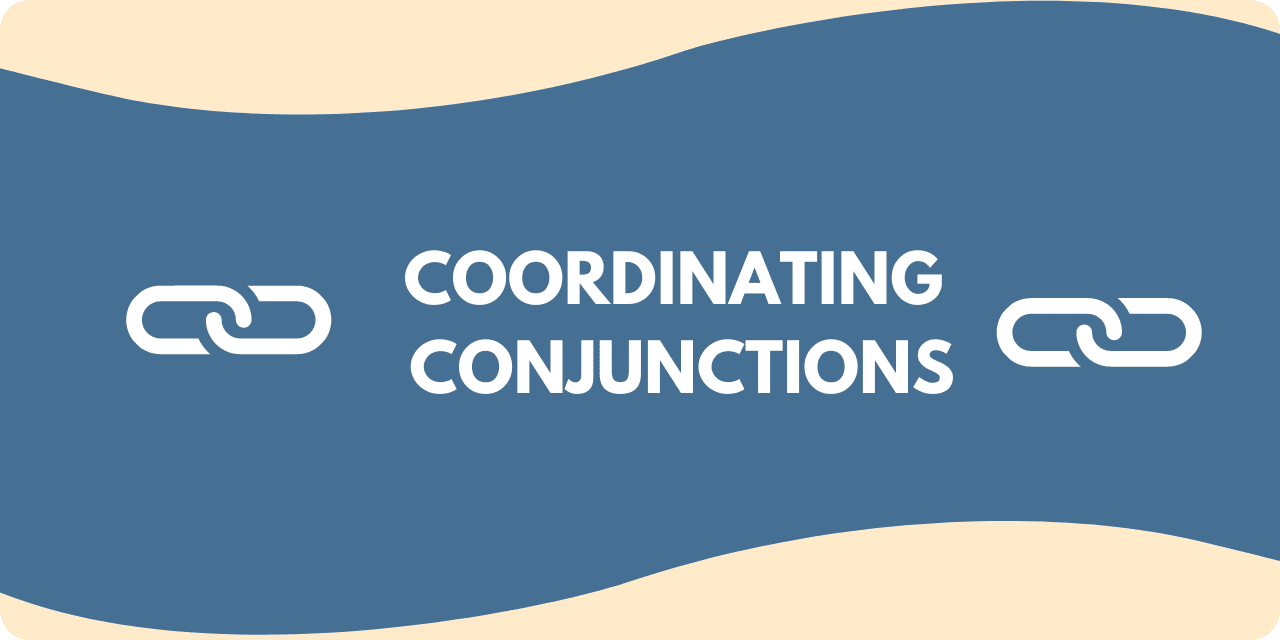I was teaching The Keys to Error-Free Writing yesterday, when Sunny, whose first language is Korean, asked me about the use of articles in a series.
Sunny wanted to know whether to repeat the articles a and an in a series of items. For example, she would wonder which of these sentences is correct:
I would like a tuna sandwich, an apple, and a bag of chips for lunch.
I would like a tuna sandwich, apple, and bag of chips for lunch.
Which do you think is correct?
Before Sunny asked, I could have written both versions of that sentence.
Her question had crossed my mind, but I had never taken the time to research the use of articles in my many reference books. Her question made me do it. I had to: At the beginning of The Keys to Error-Free Writing, I tell attendees that if I don’t know the answer to a question, I will find it.
Just three of my reference books deal with the articles question: The Chicago Manual of Style, The Gregg Reference Manual, and Fowler’s Modern English Usage. They all agree it is preferable to repeat the articles, unless the items make up one unit or commonly appear together, as in “a knife, fork, and spoon.”
Here are excerpts from the experts:
The Chicago Manual of Style, 15th Edition: “With a series of coordinate nouns, an article should appear before each noun . . . a letter and a magazine came in the mail today. If the things named make up a single idea, the article need not be repeated: in the highest degree of dressage, the horse and rider appear to be one entity.” Lynn’s note: That last example uses the article the.
The Gregg Reference Manual: “As a rule, use a or an before each item in a series. However, if the series describes a single concept, use only one article at the outset: We need a scanner, a printer, and a shredder. But: The Benners live a hop, skip, and jump away from our house.”
Fowler’s Modern English Usage, Revised Third Edition: “In fixed phrases like a knife, fork, and spoon, the indefinite article is not repeated; but if emphasis is required, or if the sequence requires an as well as a (a minute, an hour, or a day) omission is not desirable.”
Because of Sunny’s question, “Do you repeat a and an before several things in a sentence?” I learned that I have frequently dropped an article when I should have included it. As a writer, a teacher, and a lifelong learner, I appreciate the lesson and have already started applying it. Did you notice my use in the previous sentence?
Lynn






